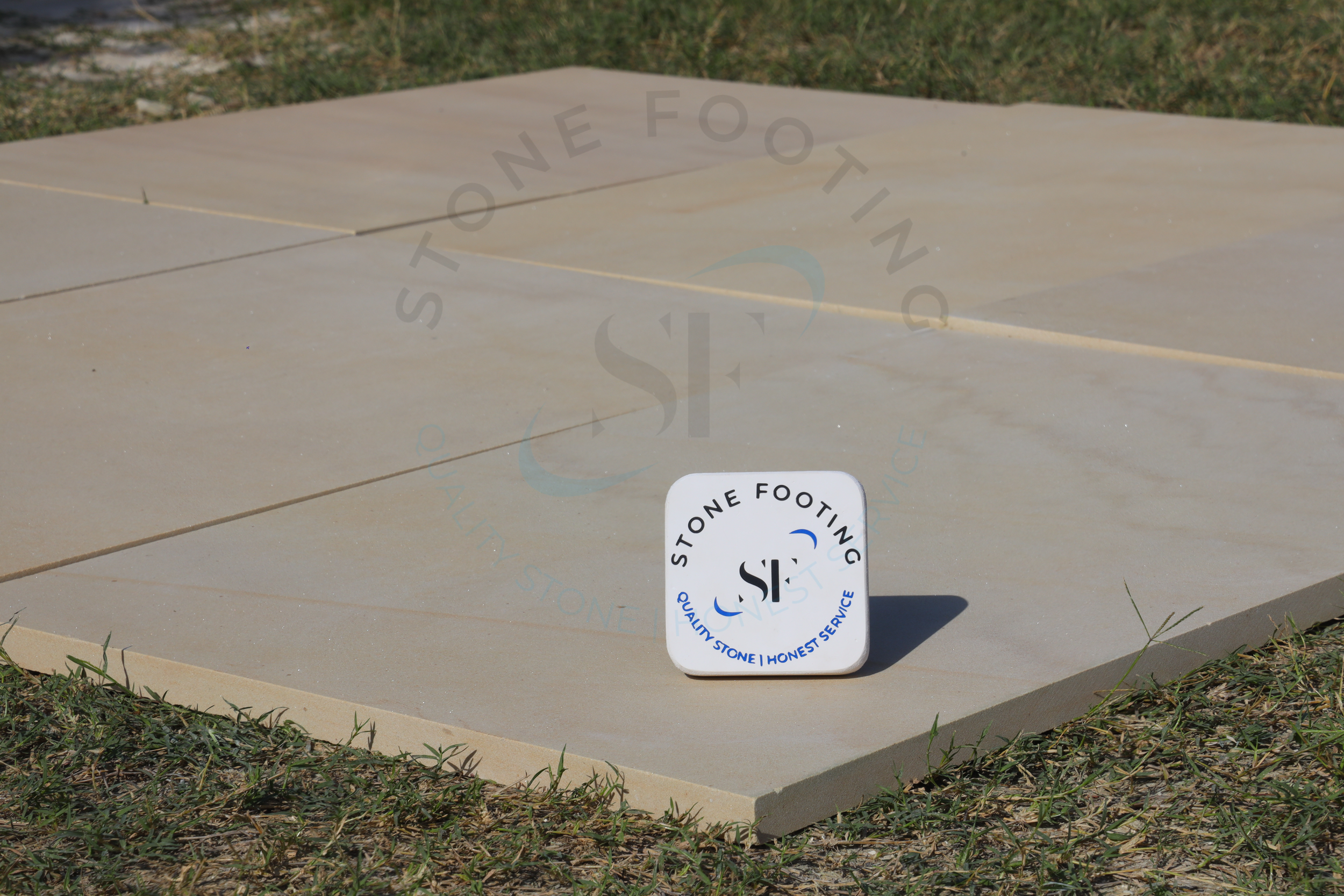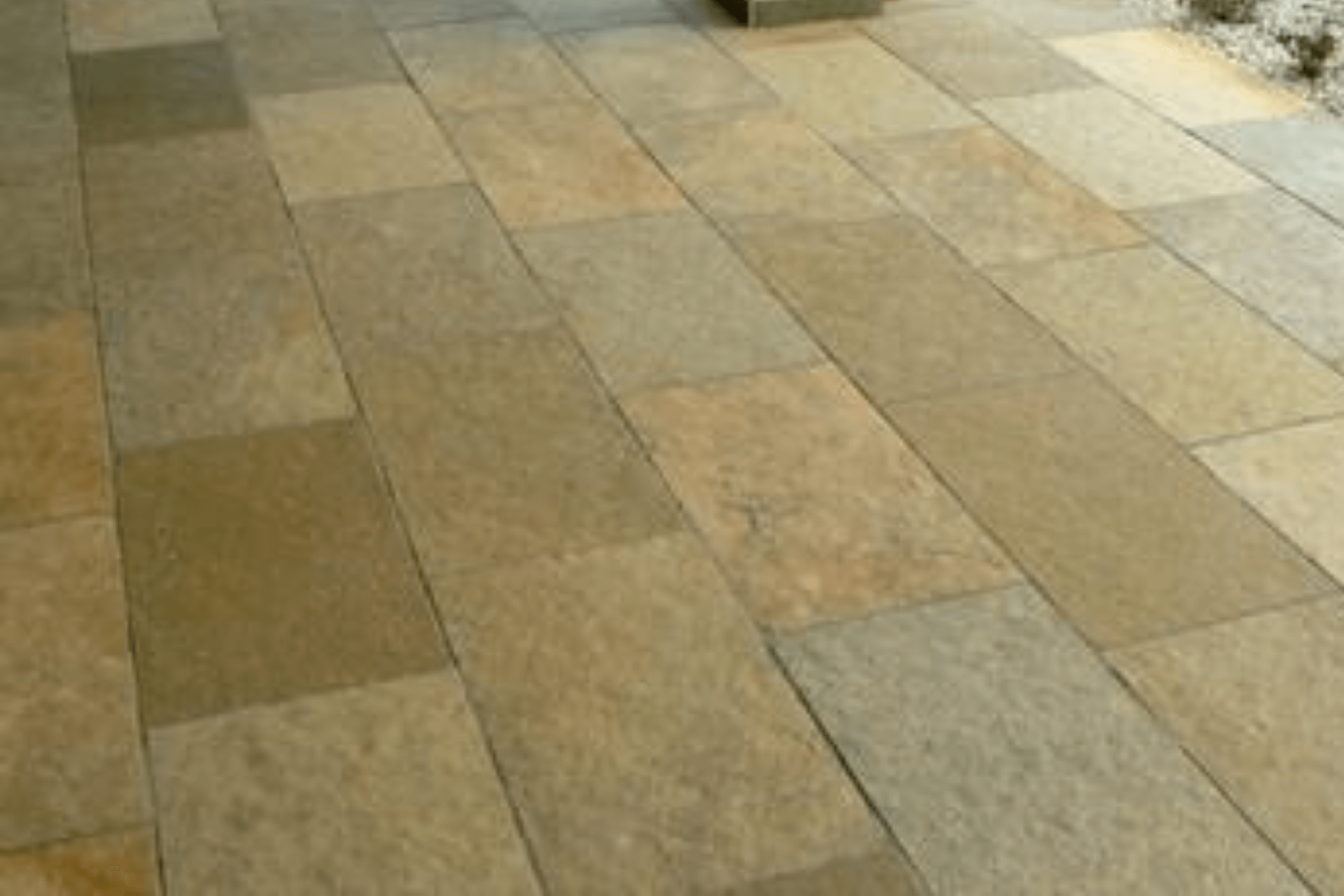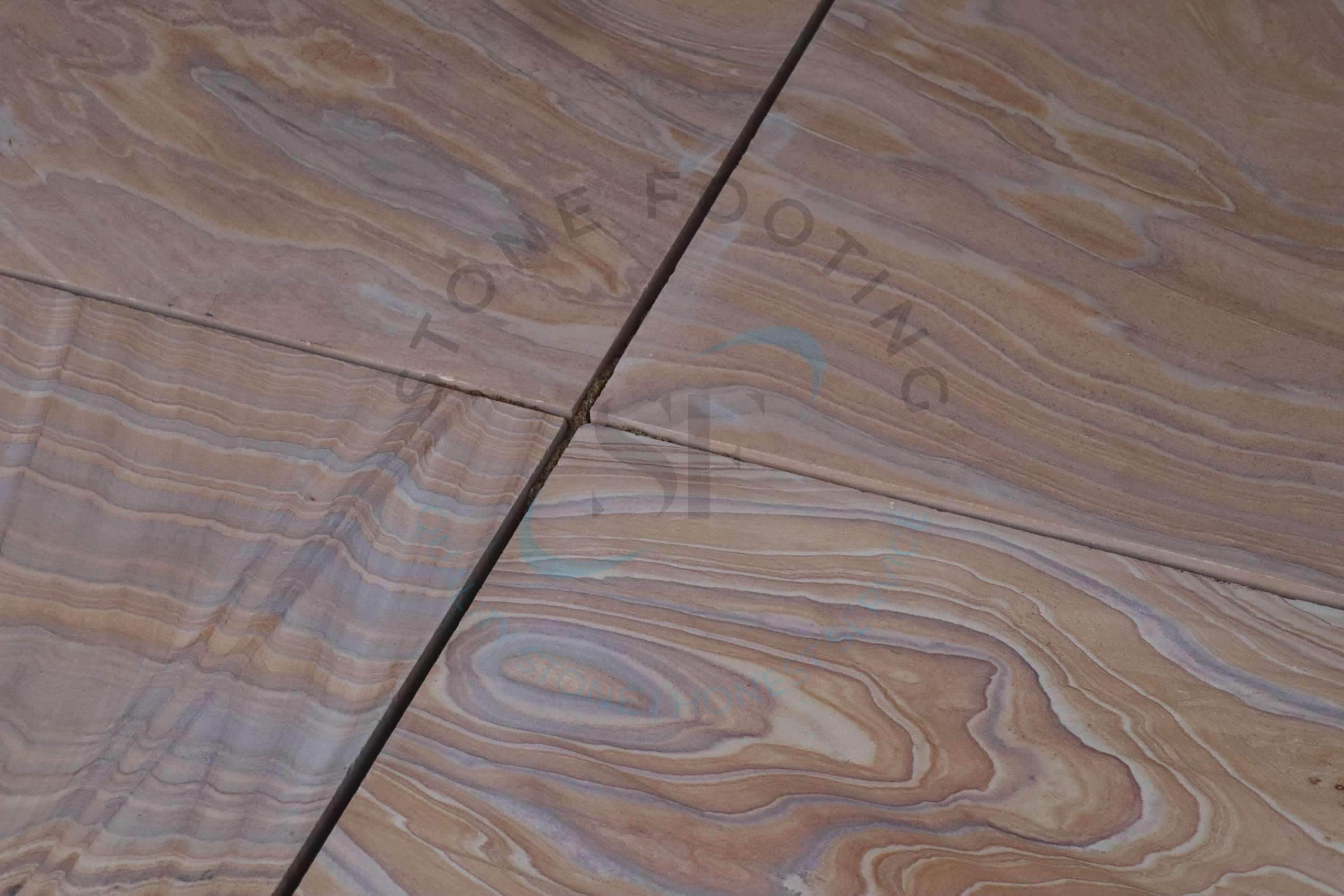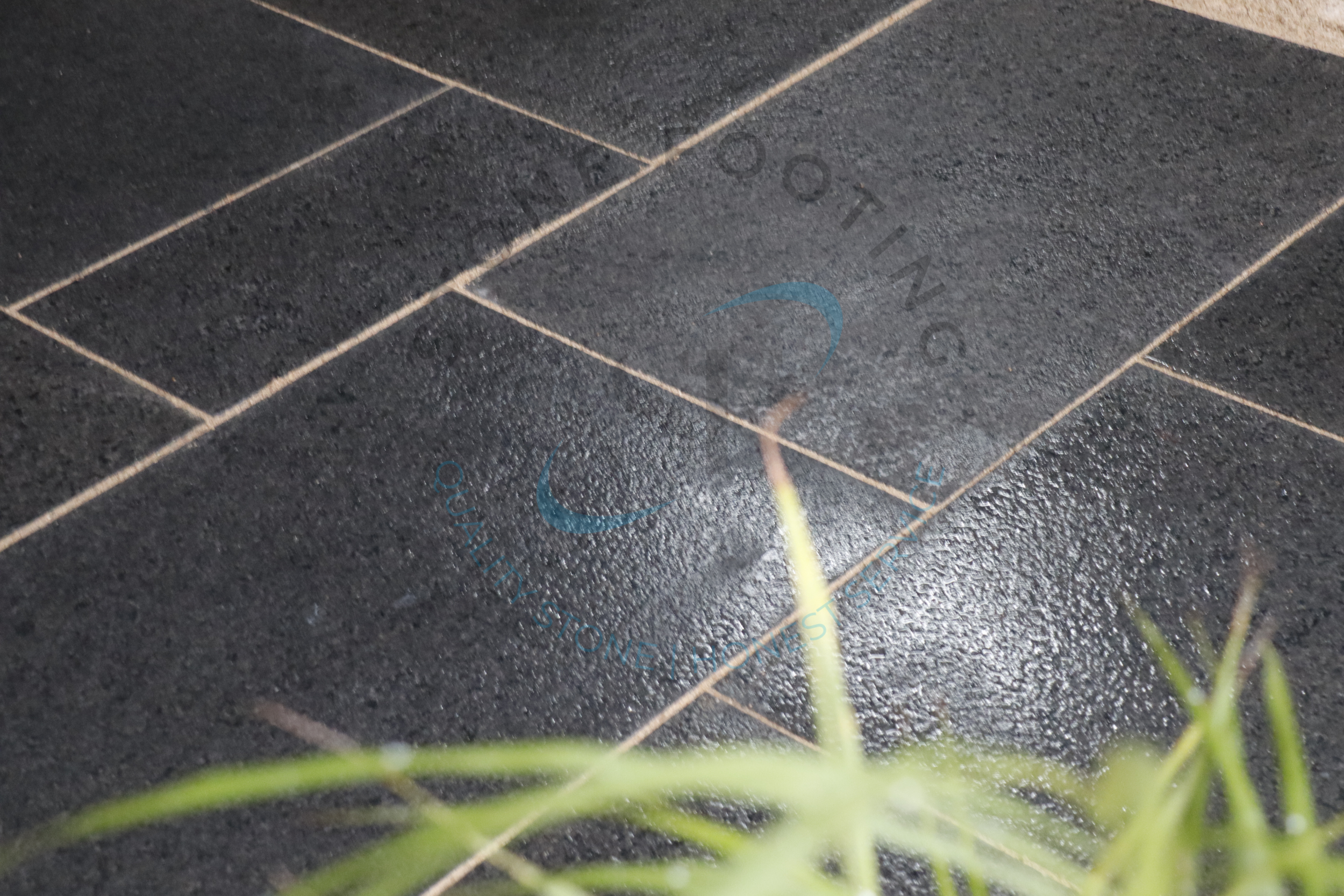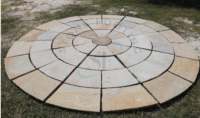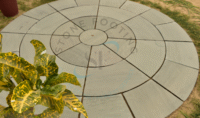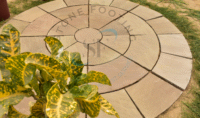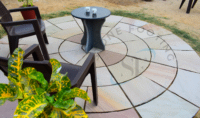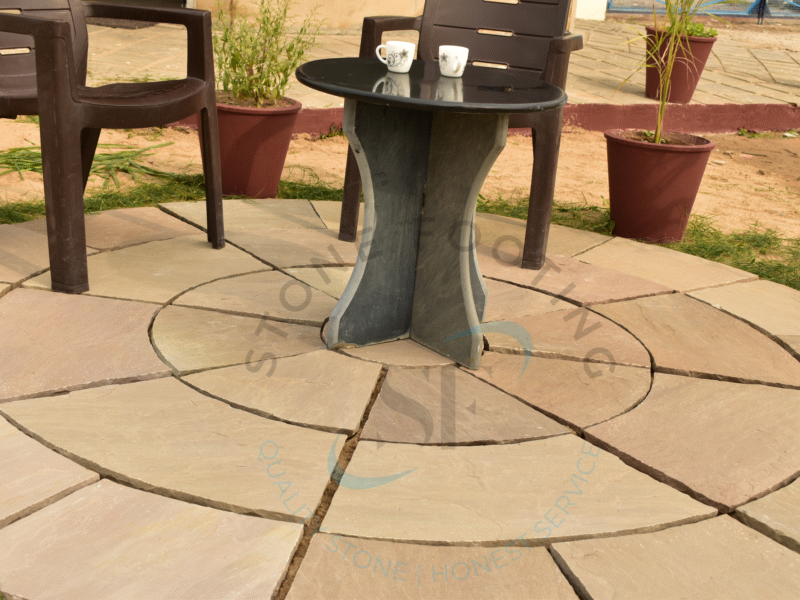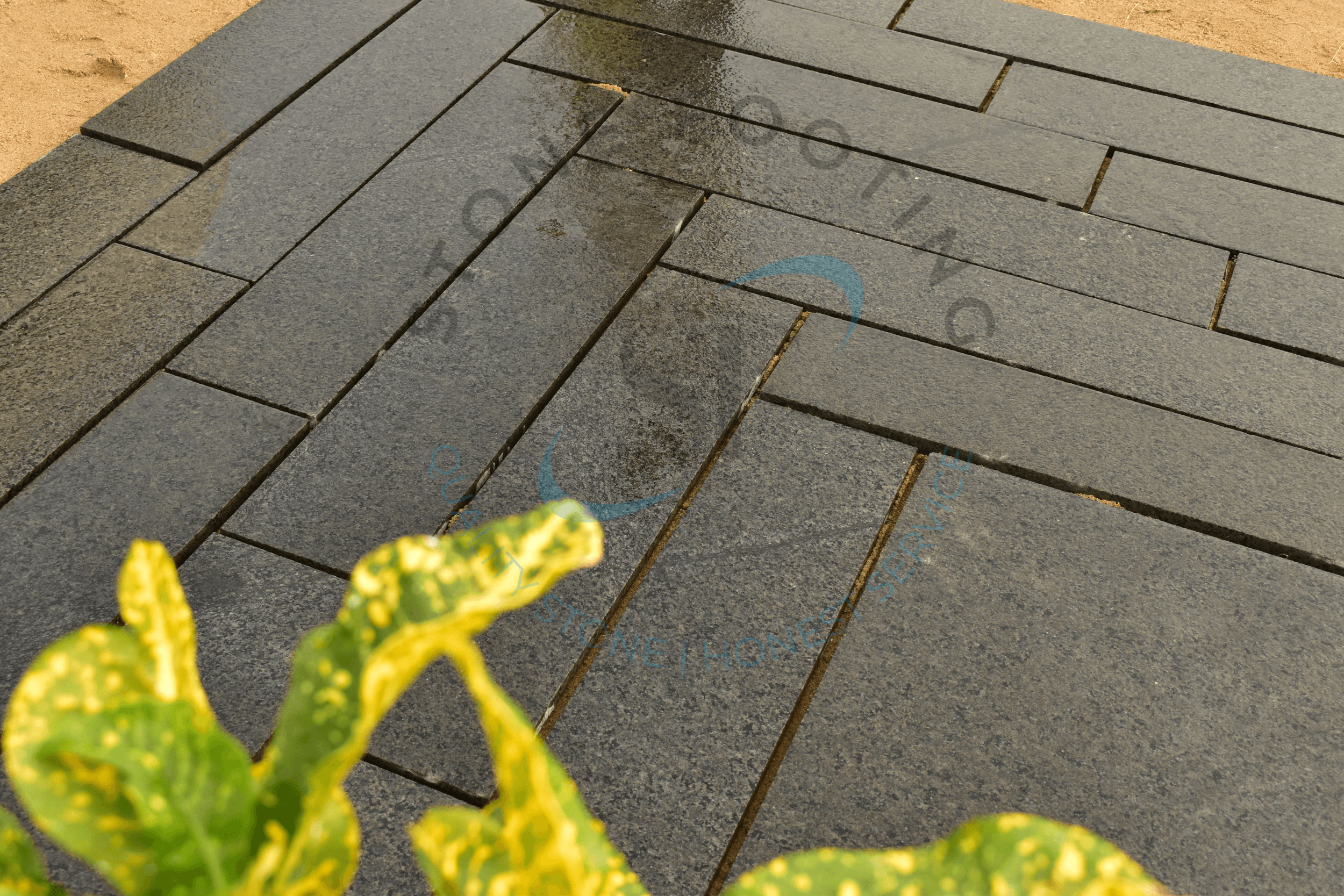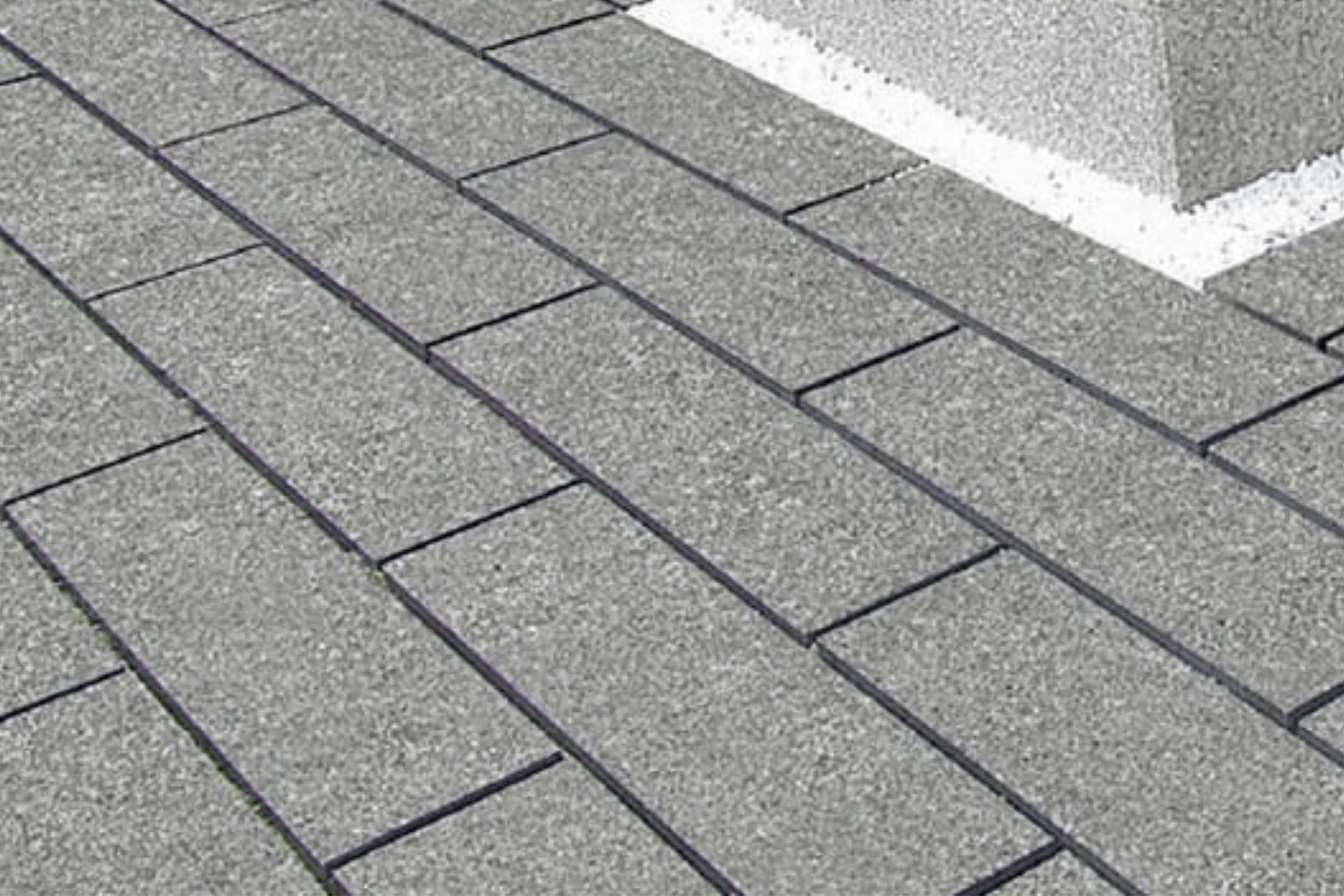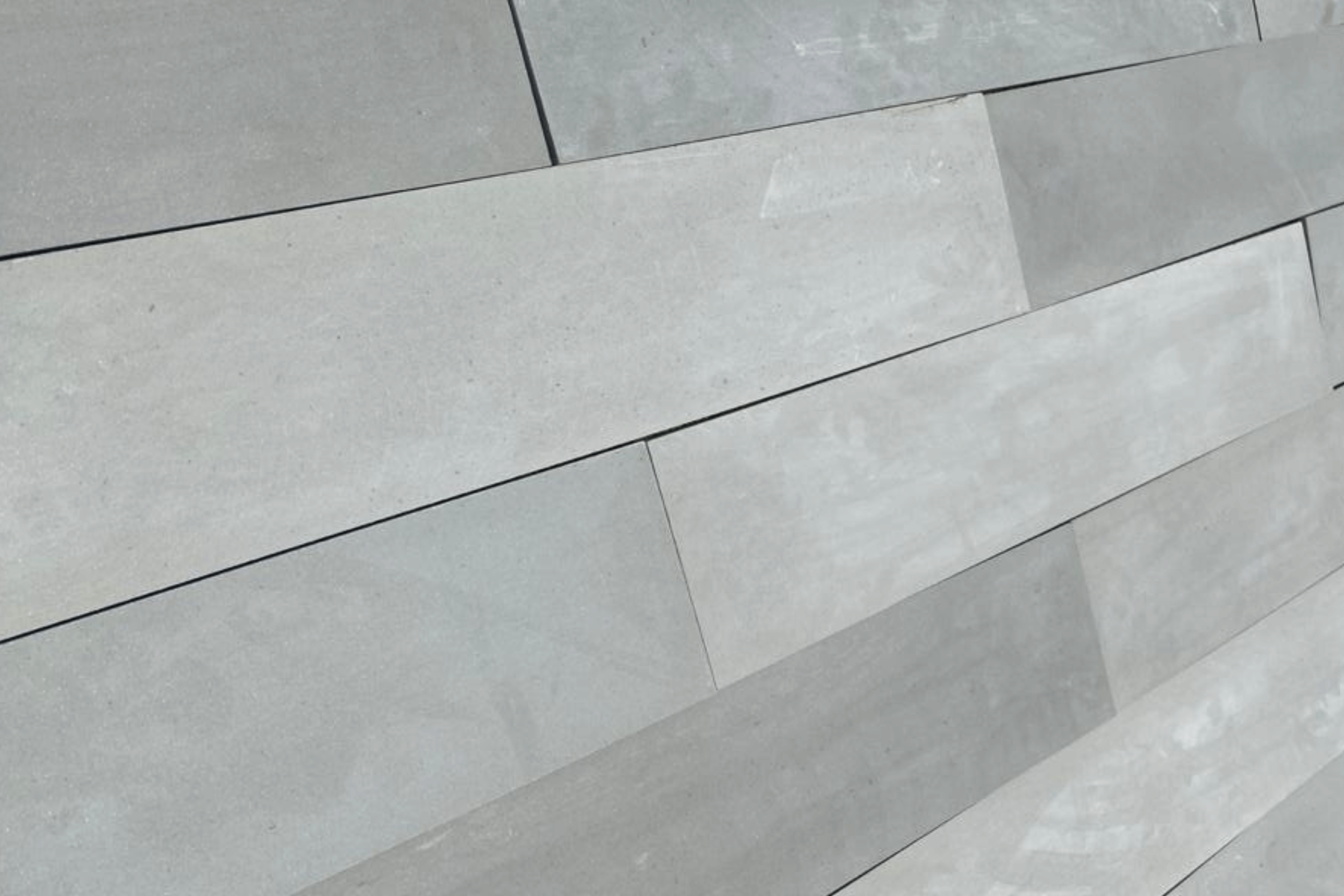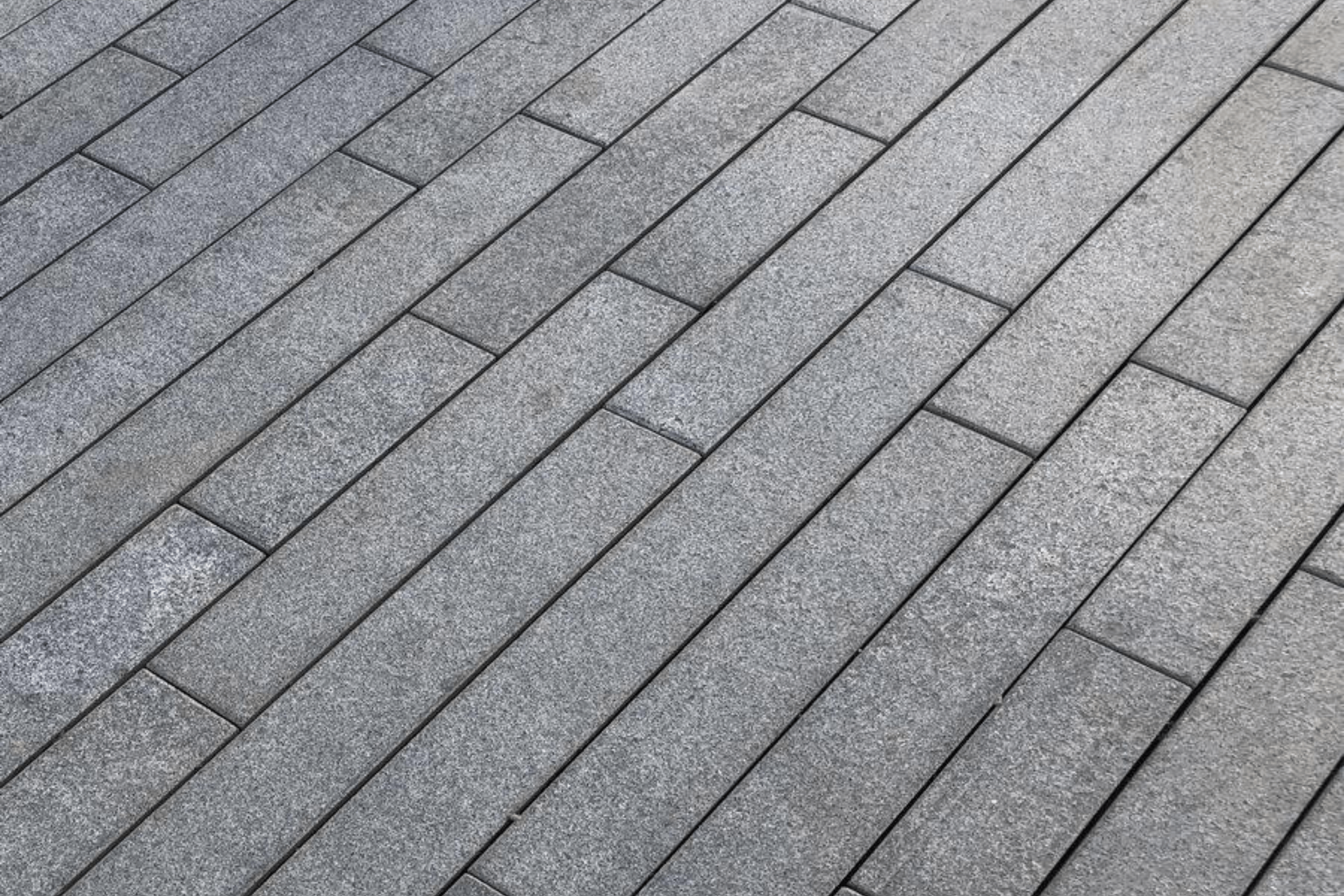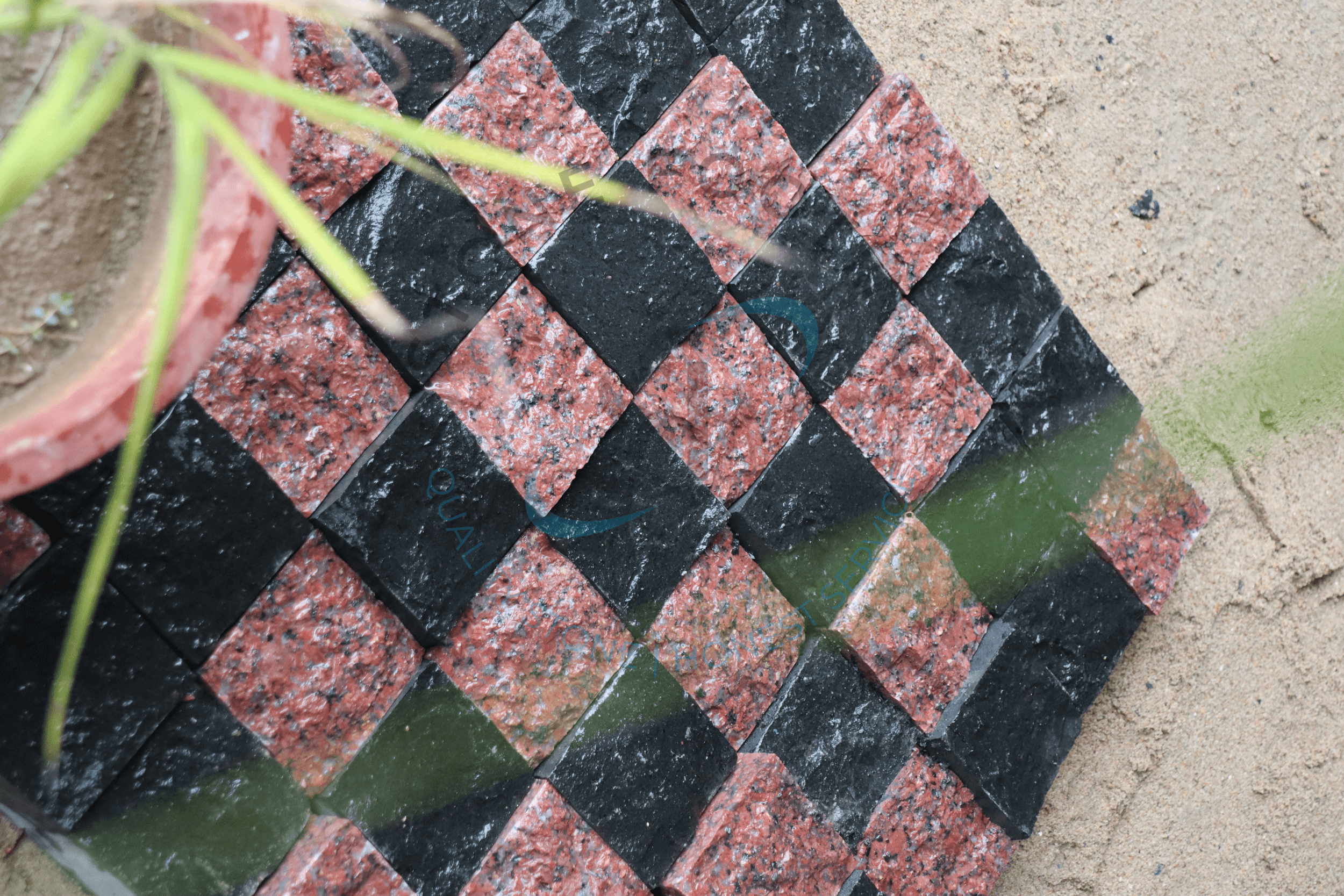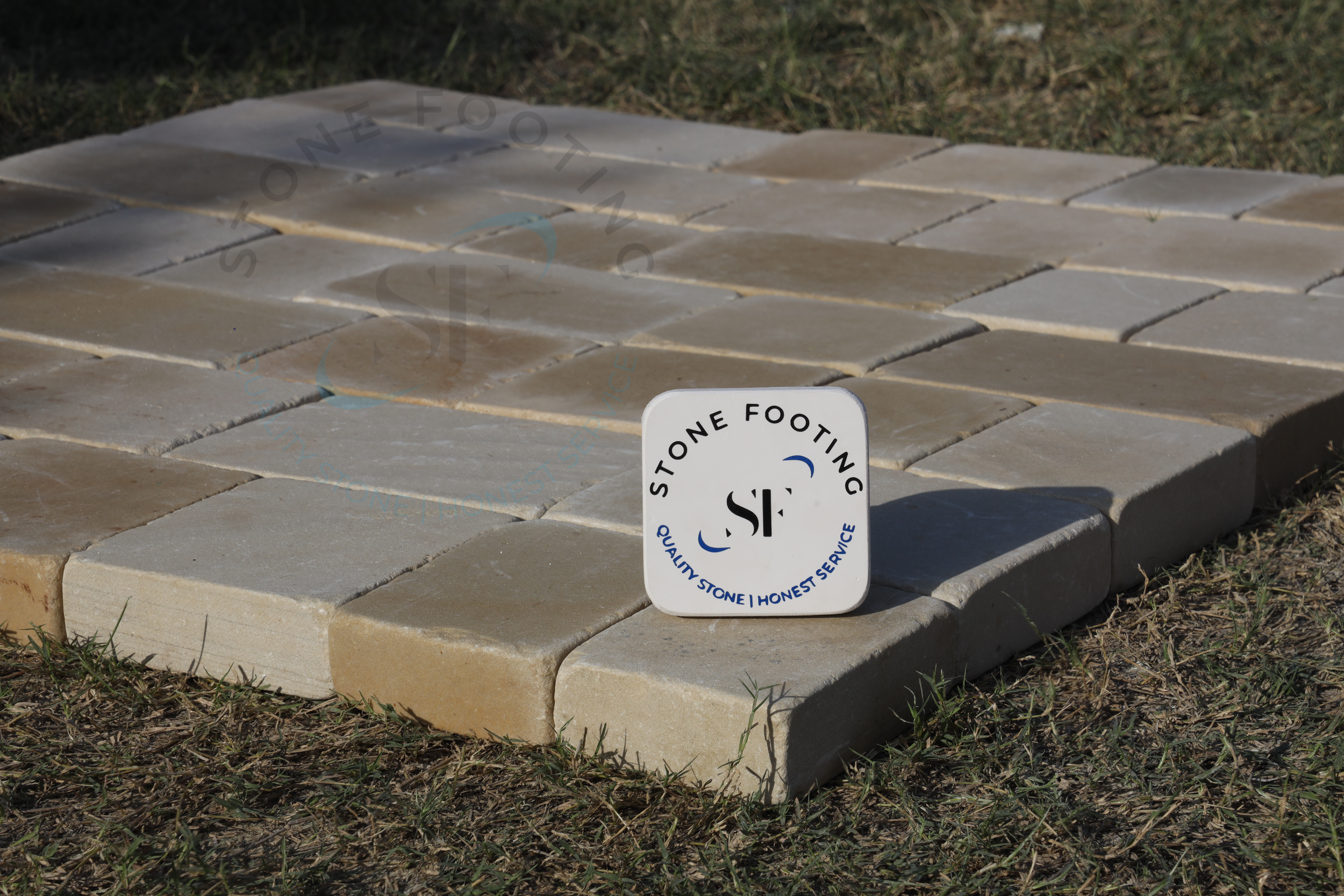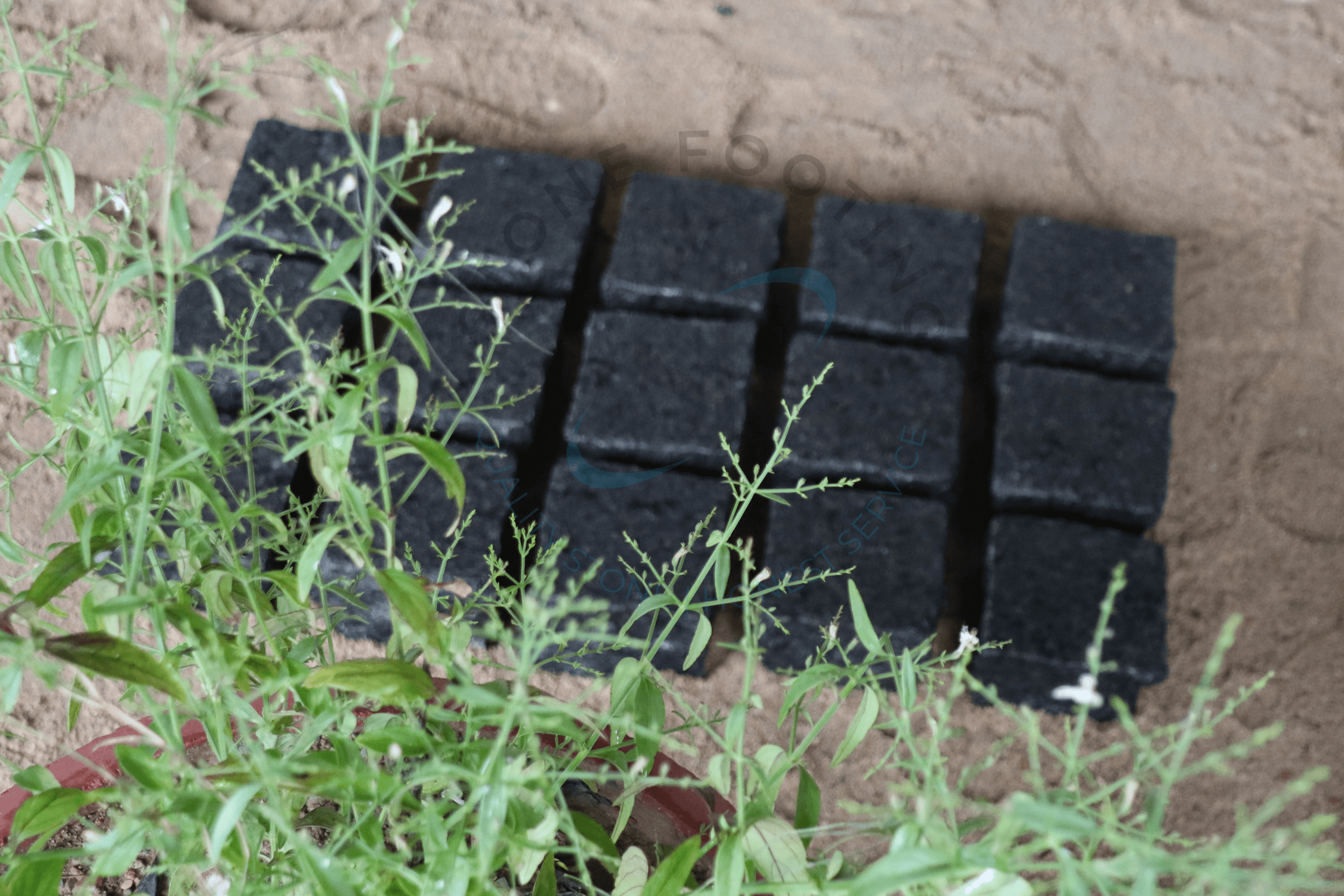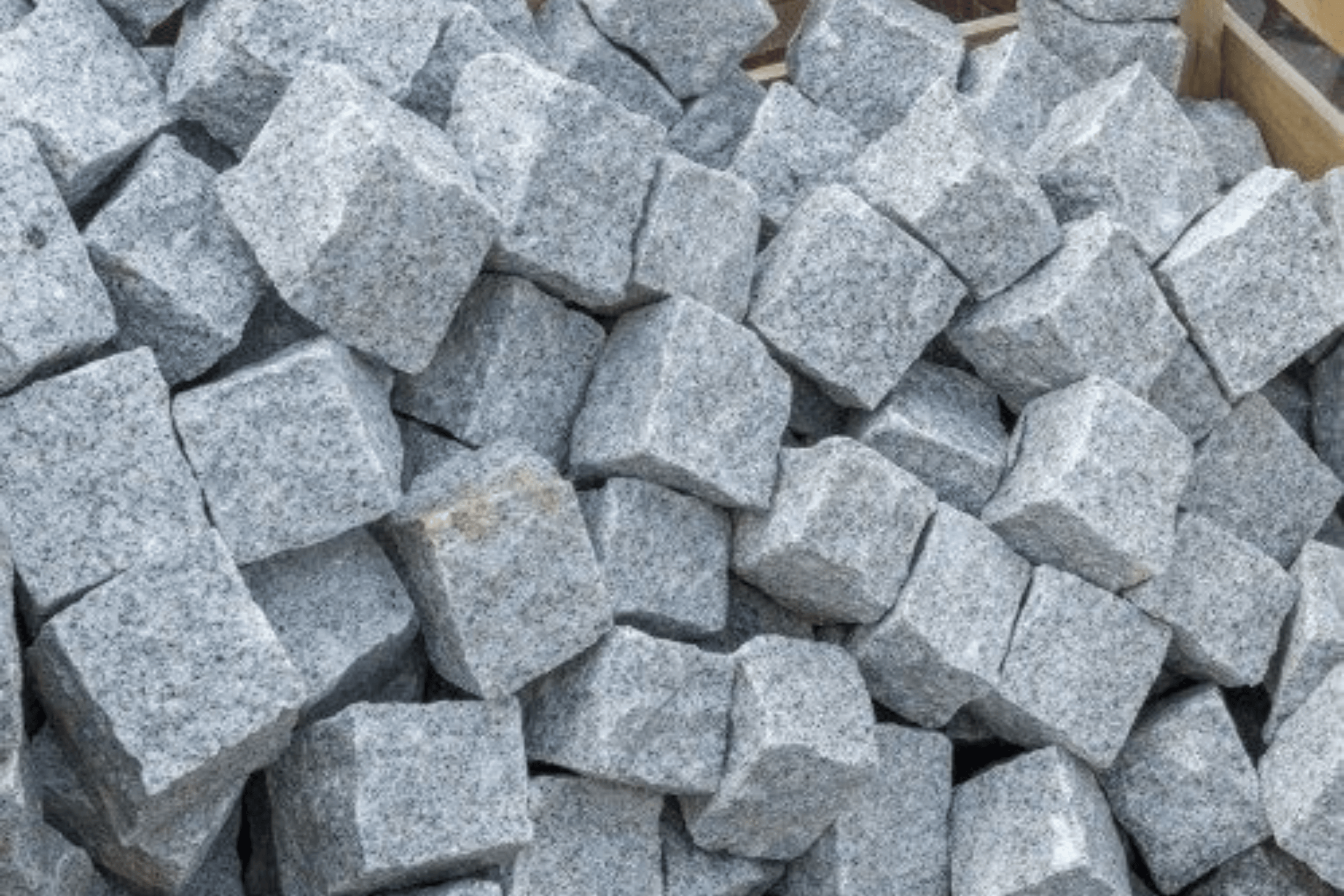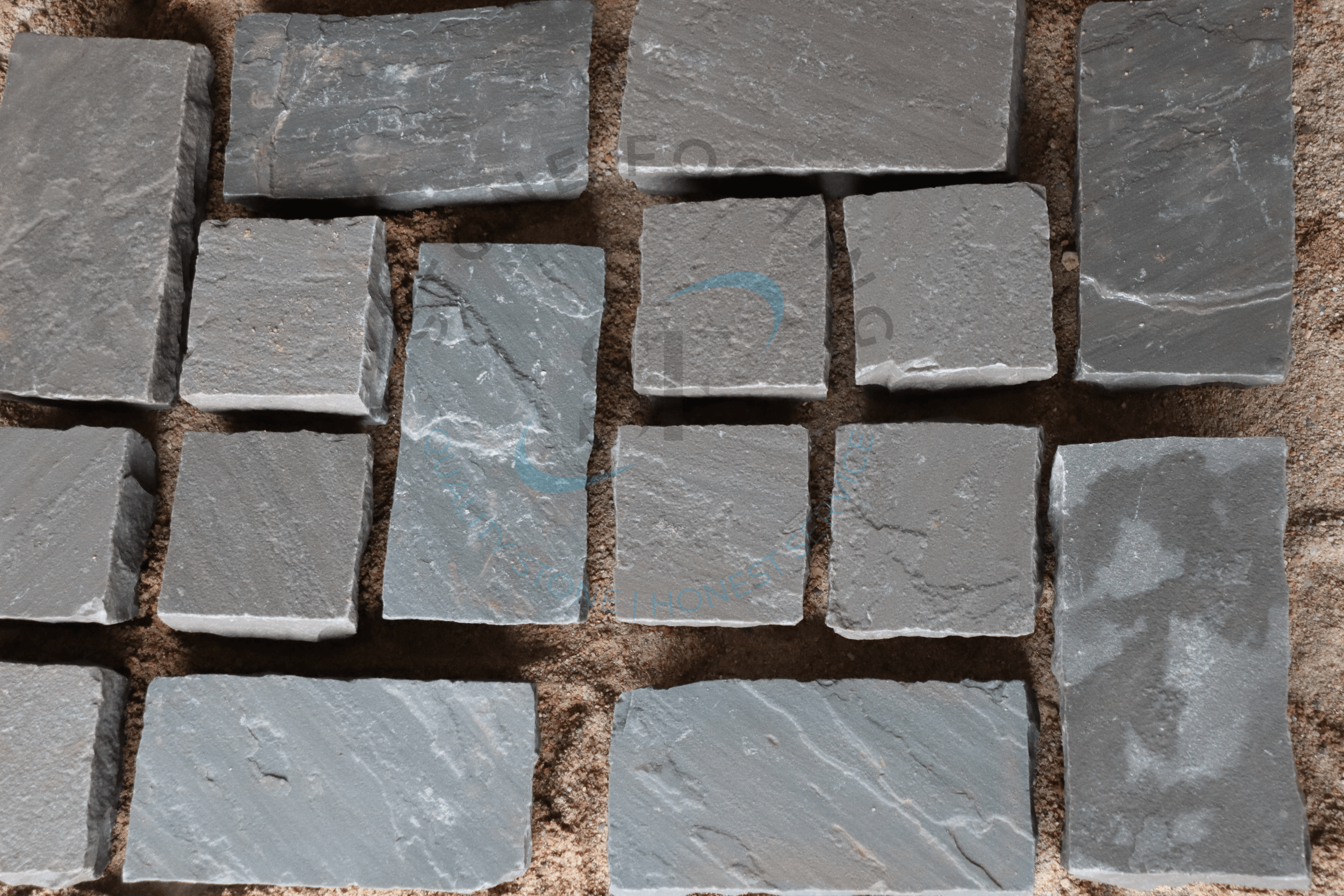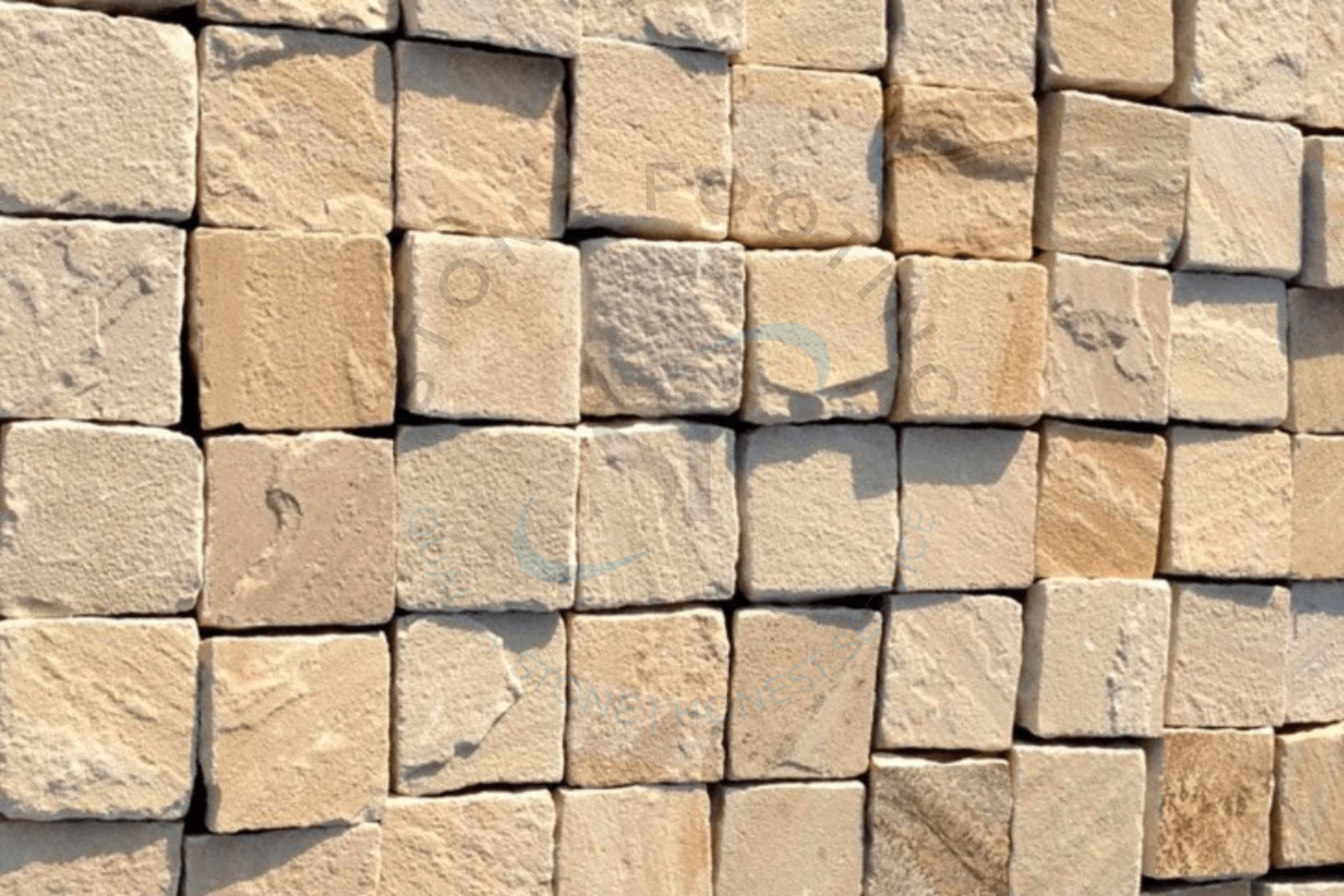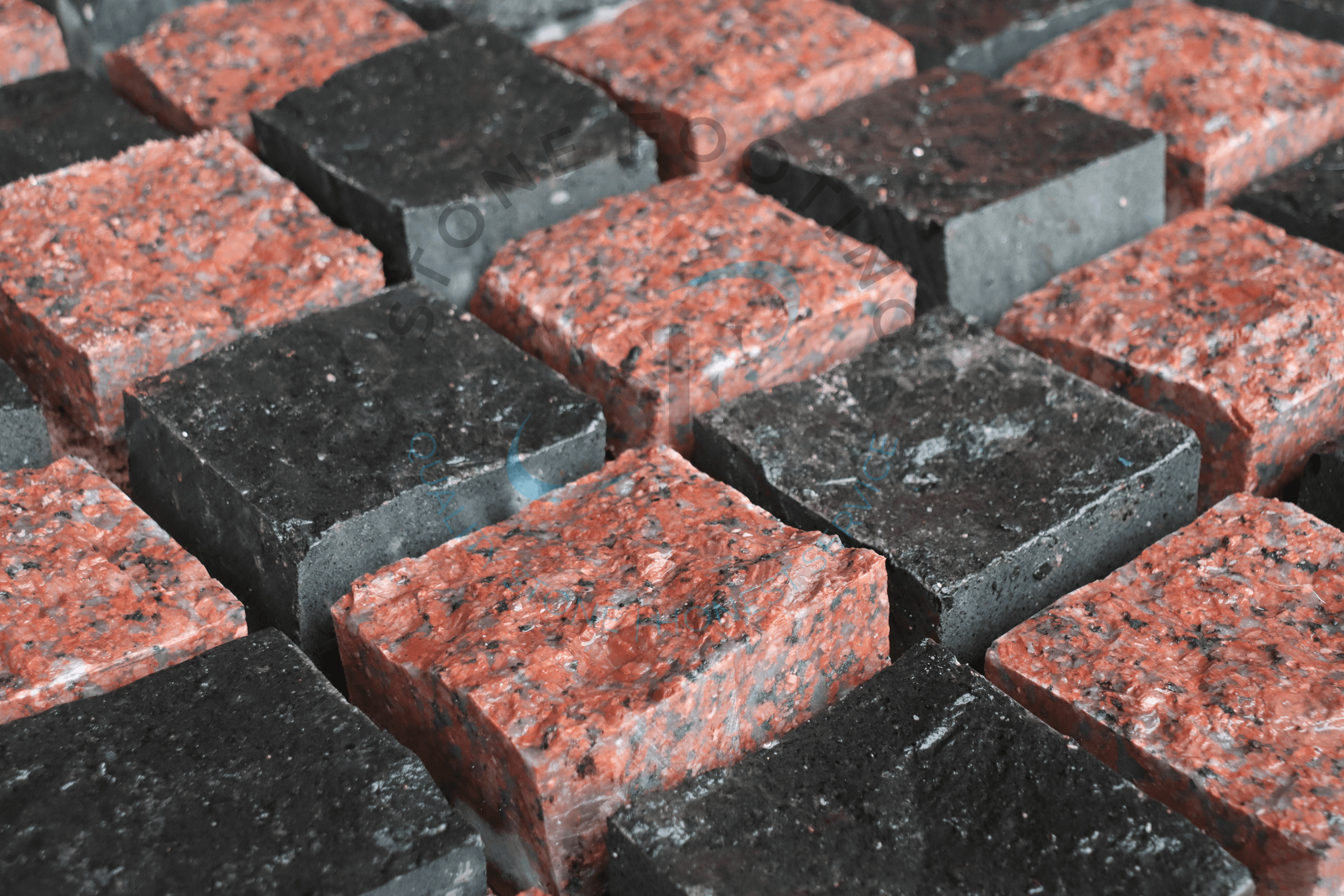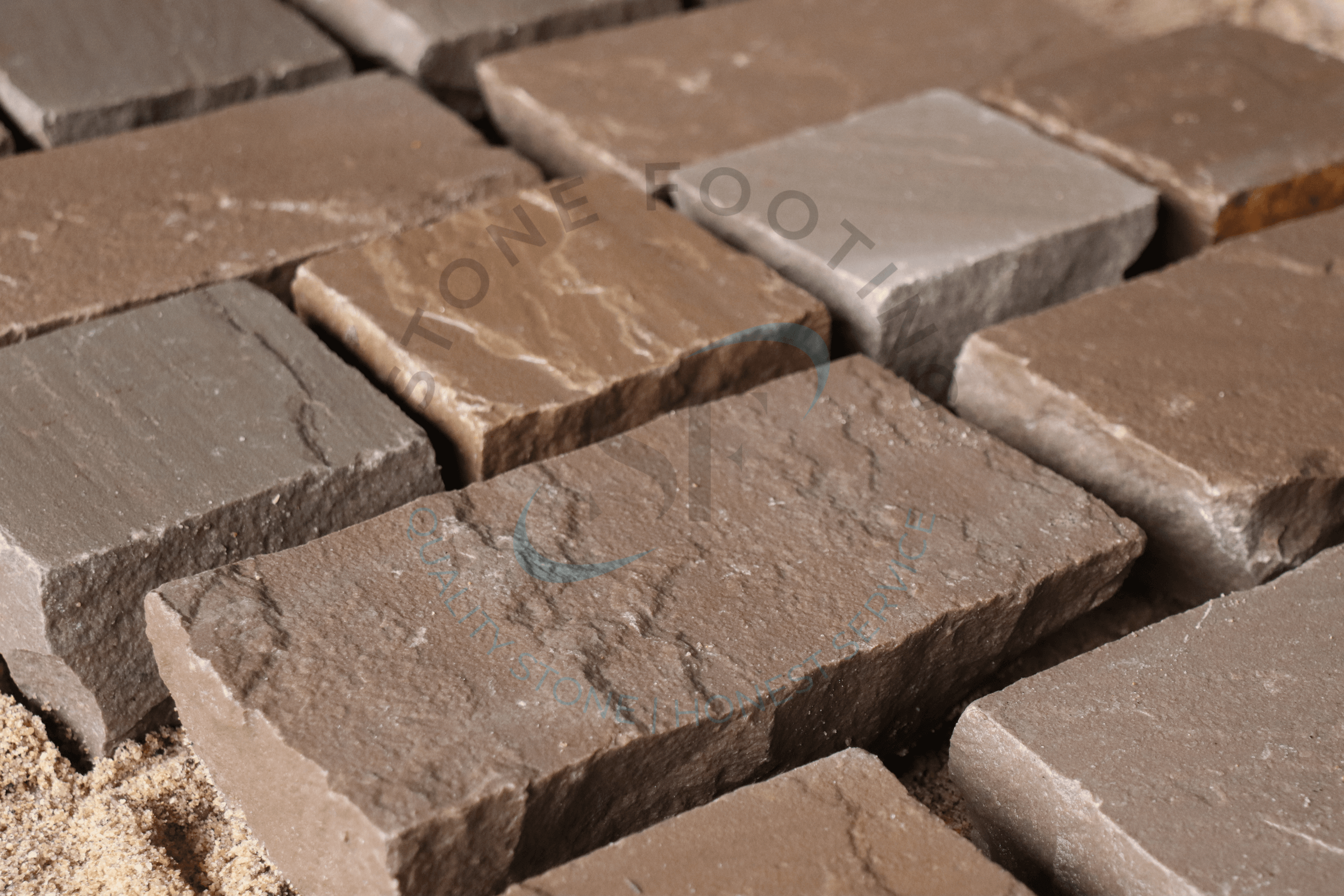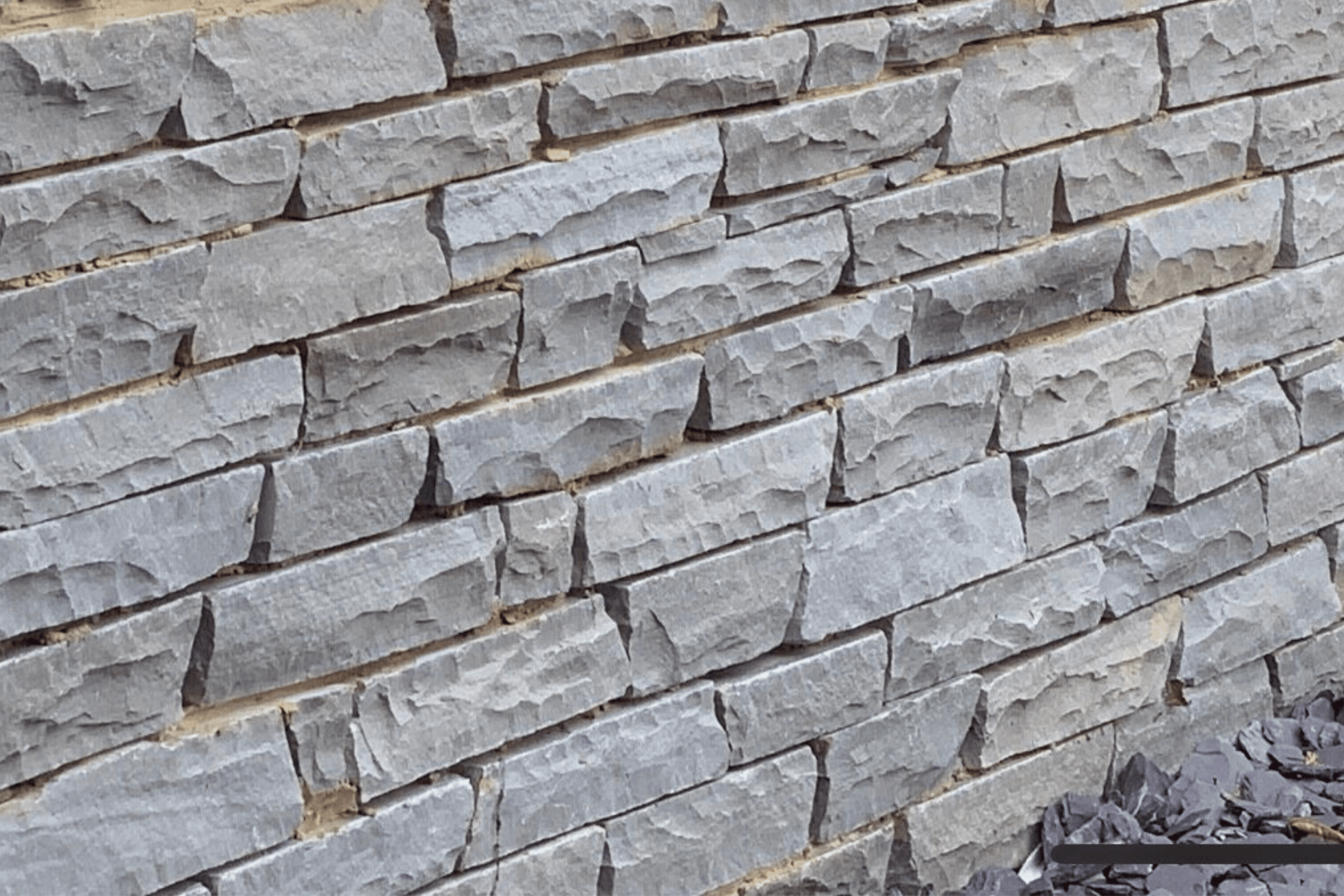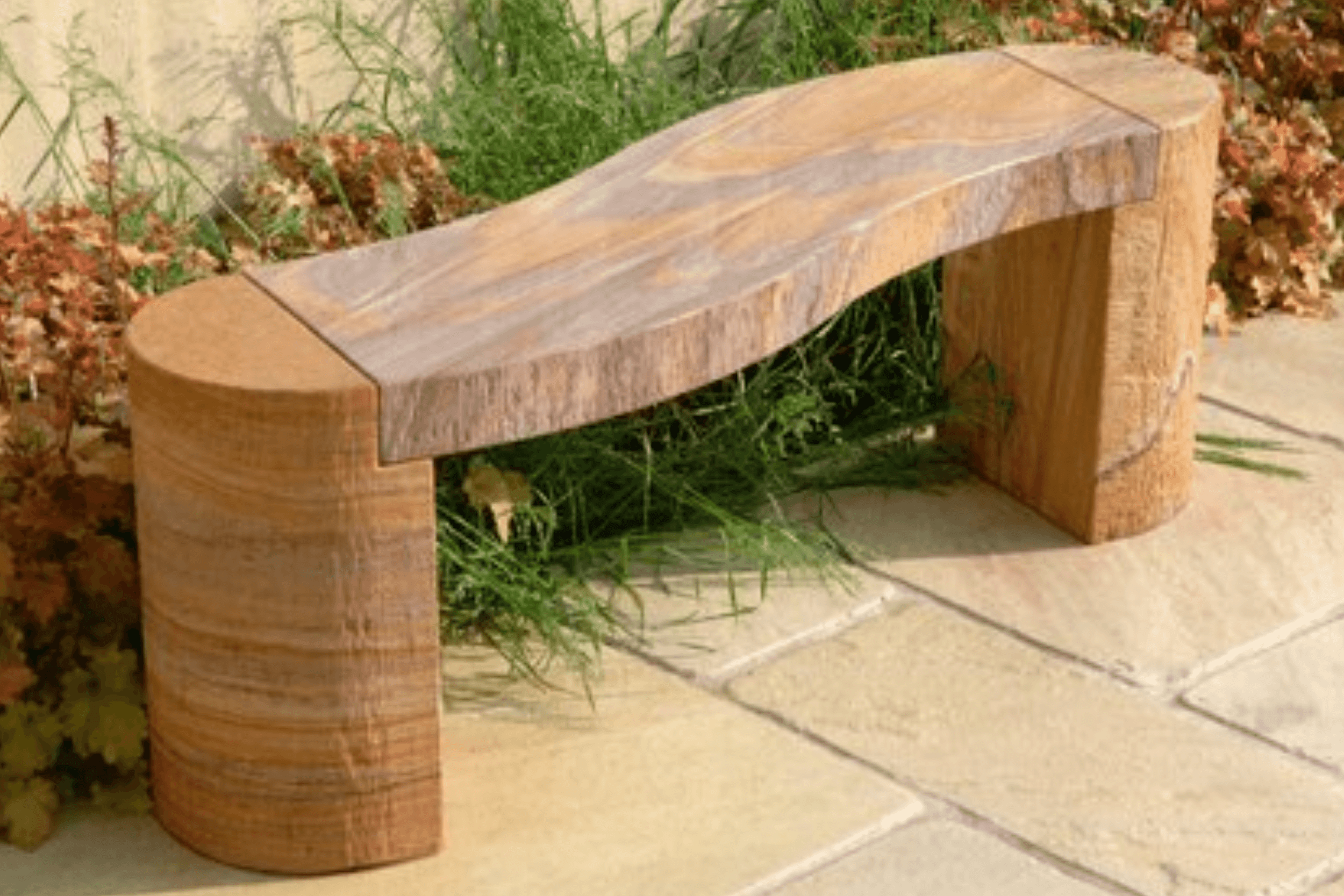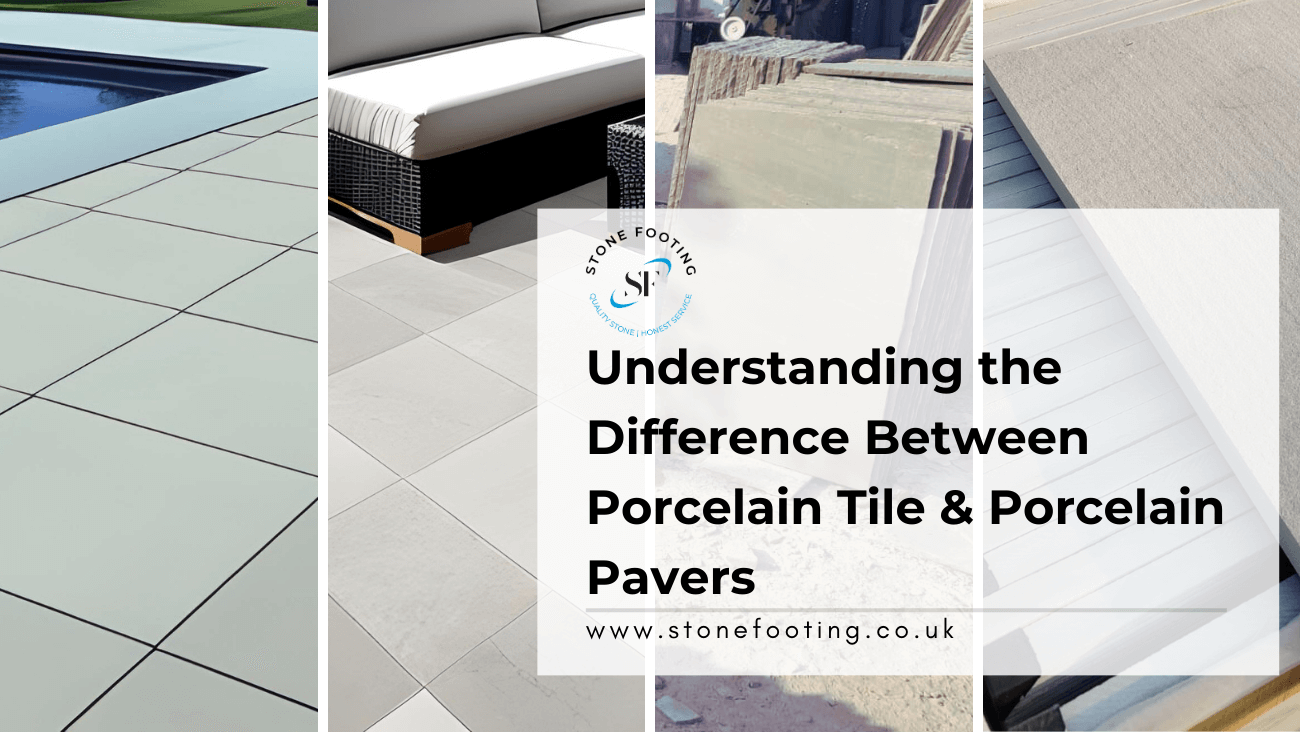Revitalizing your living spaces or enhancing your outdoor landscapes requires careful consideration of the materials you choose. In the realm of flooring and outdoor paving, two standout options often take the spotlight: porcelain tile and porcelain pavers. While these materials share a common composition, they possess distinct characteristics that make them ideally suited for specific purposes. In this comprehensive guide, we’ll delve into the difference between porcelain tile and porcelain pavers, providing you with the knowledge necessary to make an informed decision for your next project.
As you embark on your journey to elevate your home or create an inviting outdoor haven, it’s essential to discern the subtle nuances that set these remarkable materials apart. Each boasts a unique set of qualities, and understanding these differences will enable you to align your choice seamlessly with your vision and project requirements.
1. Size and Thickness:
One of the most immediate distinctions in the difference between porcelain tile and porcelain pavers lies in their size and thickness. Porcelain tiles, with their elegance and versatility, are typically characterized by a thinner profile, varying between 3mm to 10mm. They are widely favored for indoor applications, adorning floors, backsplashes, and wall surfaces with their refined presence. In stark contrast, porcelain pavers exhibit a substantial thickness, typically ranging from 20mm to 30mm or even more. This robust build equips them for the rigors of the great outdoors, from patio installations to winding garden pathways and resilient pool decks.
2. Durability and Strength:
In the realm of endurance, porcelain pavers are engineered to excel. They are crafted to withstand substantial loads, braving the harshest outdoor elements with unwavering resilience. Their thickness and structural composition imbue them with remarkable strength, allowing them to bear the weight of vehicles and resist the emergence of unsightly cracks. Porcelain tiles, while esteemed for their durability indoors, may not manifest the same level of fortitude when subjected to the demands of high-traffic outdoor areas.
3. Surface Texture:
Aesthetic considerations come to the forefront when evaluating the difference between porcelain tile and porcelain pavers. Porcelain tiles often present a polished, smoother surface, perfect for indoor spaces where a sleek, contemporary appearance takes precedence. On the flip side, porcelain pavers frequently feature a textured surface, facilitating superior slip resistance. This attribute renders them a prudent choice for outdoor applications, where moisture, rain, and safety considerations are paramount.
4. Design and Aesthetics:
Both porcelain tiles and porcelain pavers offer an extensive palette of design possibilities. These encompass an array of colors, patterns, and finishes, allowing you to craft your vision with artistic flair. However, it’s the porcelain pavers that often shine in the realm of mimicking natural elements. With their ability to emulate the rugged allure of stone or the timeless warmth of wood, porcelain pavers harmonize seamlessly with outdoor landscapes, forging a profound connection with the natural world.
5. Installation:
Another dimension to explore in the difference between porcelain tile and porcelain pavers is the installation process. Porcelain tiles are typically secured using thin-set adhesive, a method well-suited to indoor applications. On the other hand, porcelain pavers may demand a pedestal system to support their substantial weight and ensure proper drainage. This variance in installation techniques is a pivotal consideration during the planning stages of your project.
In conclusion, comprehending the difference between porcelain tile and porcelain pavers is an instrumental step toward orchestrating a transformative project that aligns seamlessly with your vision. Porcelain tiles, with their elegance, are the favored choice for indoor spaces, delivering a refined and polished aesthetic. In contrast, porcelain pavers, fortified by their thickness and durability, beckon you to explore the great outdoors, promising longevity, slip resistance, and an authentic natural aesthetic.
As you embark on your journey to select the ideal material for your project, remember that knowledge is your most potent tool. Equipped with the insights into the difference between porcelain tile and porcelain pavers, you can confidently breathe life into your vision, creating a space that embodies both functionality and aesthetics.
If you’re seeking premium porcelain pavers or tiles to bring your design ideas to fruition, look no further than Stone Footing. As a leading natural stone wholesaler in the UK, they offer an extensive selection of top-tier materials, enabling you to transform your spaces into timeless masterpieces. Explore their vast range today and turn your vision into reality.
Ready to embark on your transformative project? Explore Stone Footing’s premium porcelain pavers and tiles, and take the first step towards bringing your vision to life. Contact the leading natural stone wholesaler in the UK today.
Frequently Asked Questions
Q. What are the primary applications for porcelain tiles and porcelain pavers?
Porcelain tiles are primarily designed for indoor applications. They are commonly used for flooring, wall coverings, backsplashes, and other interior design elements. Porcelain pavers, on the other hand, are specifically engineered for outdoor use. They excel in areas such as patios, garden pathways, pool decks, and outdoor landscaping due to their thickness and durability.
Q. How do porcelain tiles and porcelain pavers differ in terms of thickness and strength?
Porcelain tiles are typically thinner, with thicknesses ranging from 3mm to 10mm. They are strong and durable but may not be as resilient as porcelain pavers in high-traffic outdoor areas. Porcelain pavers, on the other hand, are substantially thicker, typically ranging from 20mm to 30mm or more. Their added thickness enhances their strength, allowing them to withstand heavy loads, including vehicular traffic, without cracking.
Q. Are there differences in surface texture between porcelain tiles and porcelain pavers?
Yes, there are differences in surface texture. Porcelain tiles often have a smoother and more polished surface, which is desirable for indoor spaces, providing a sleek and contemporary appearance. Porcelain pavers, conversely, are designed with a textured surface. This texture enhances slip resistance, making them safer for outdoor applications where moisture, rain, and safety are concerns. The textured surface of porcelain pavers also adds to their natural aesthetic, mimicking the look of stone or wood.

